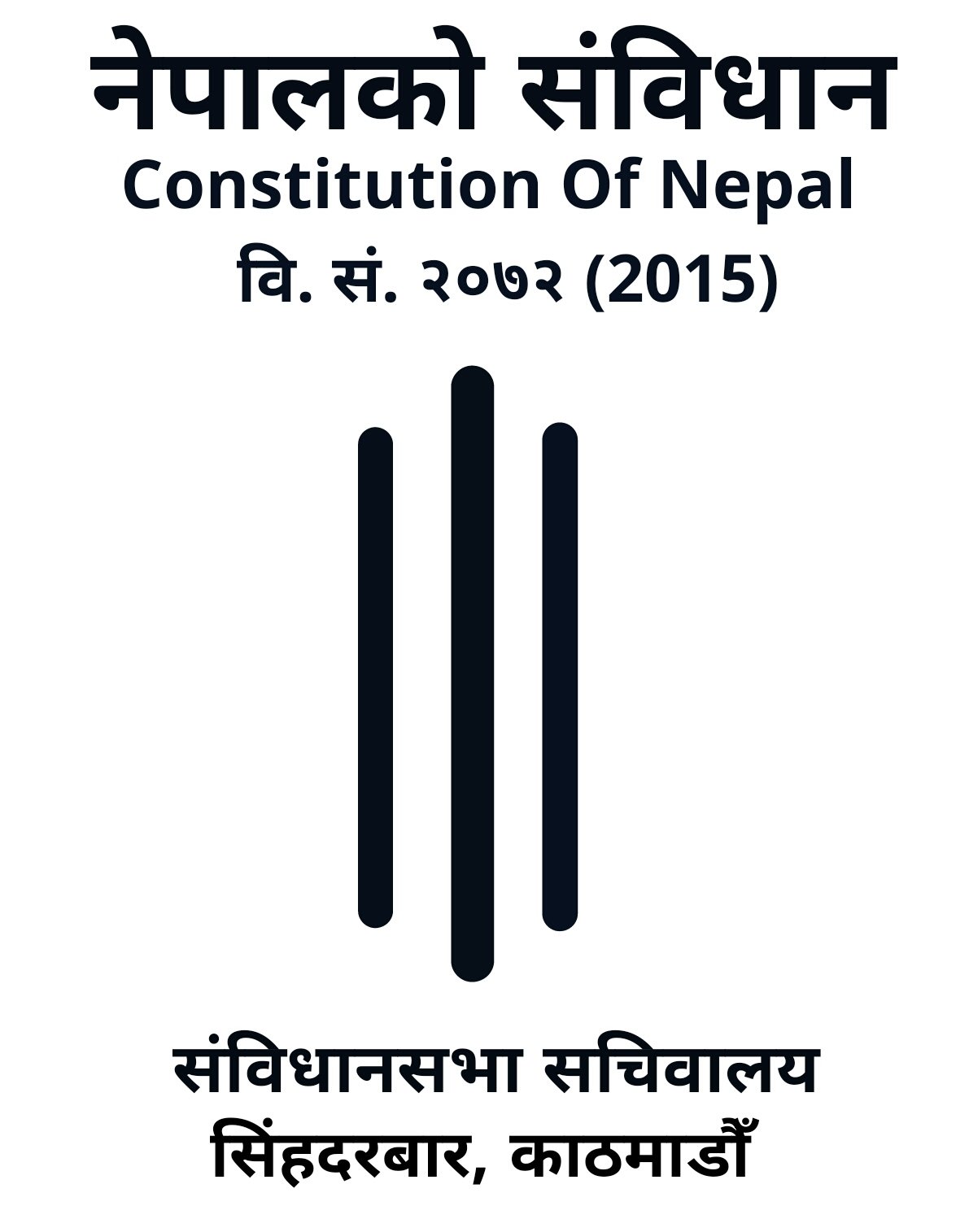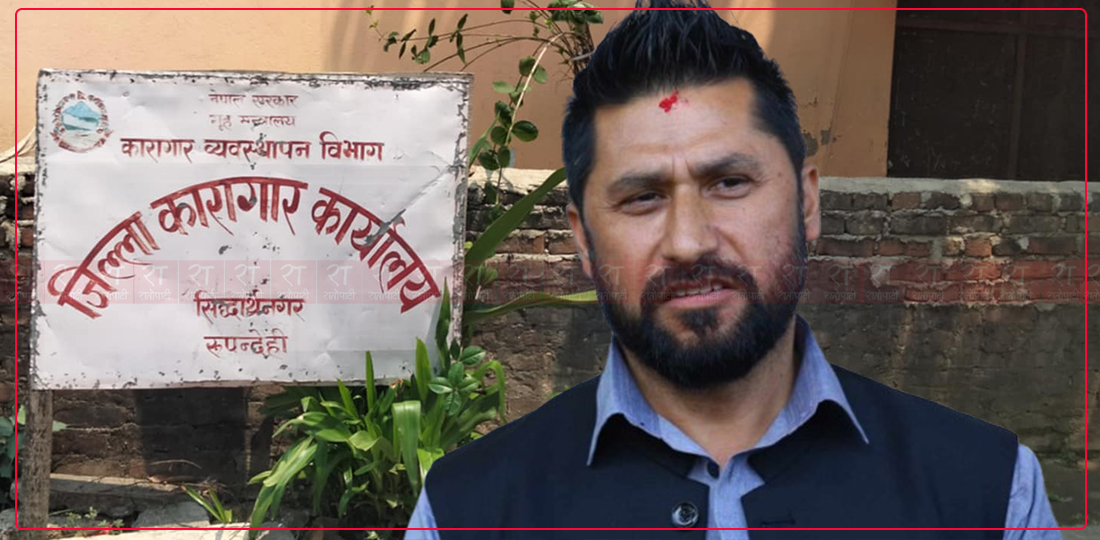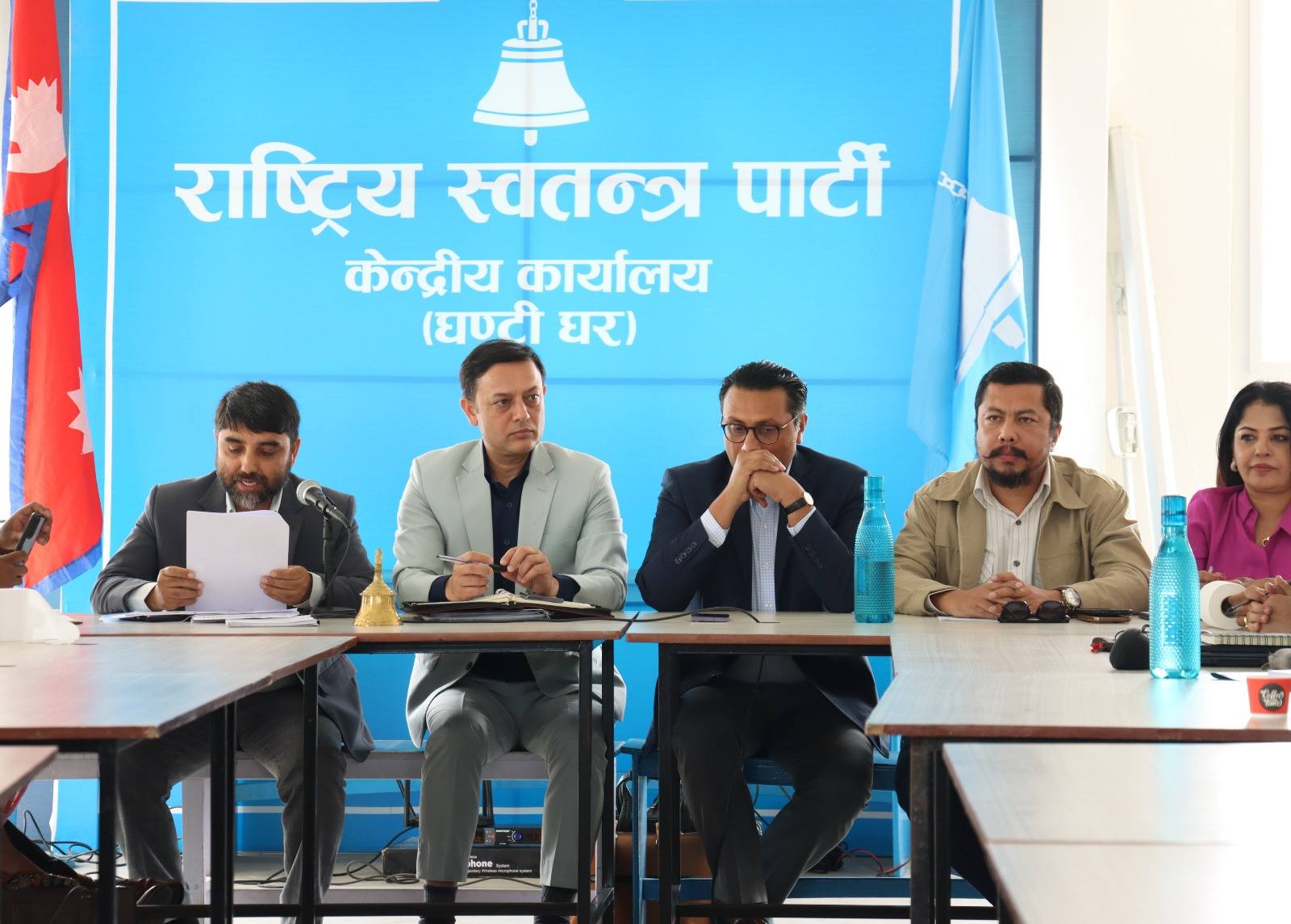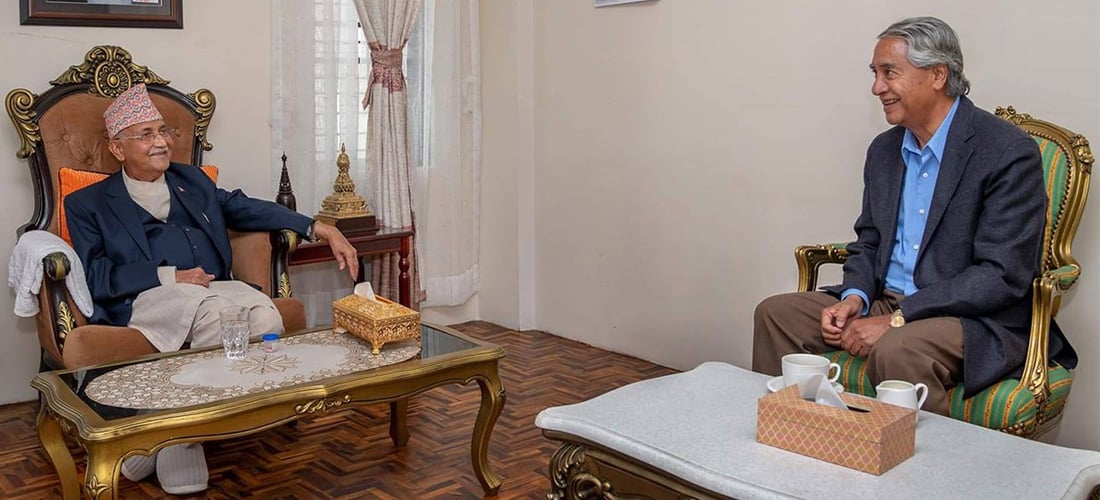Constitution Day: Why Constitution of 2015 is so special compared to previous constitutions

ITAHRI, September 19: Today, Asoj 3, is Nepal's Constitutional Day. Seven years ago on 3 Asoj 2072 BS, Nepal promulgated the Constitution of 2015. This constitution, however, was not the first constitution in Nepal. Nepal had experienced six previous constitutions at different points of its national history. The first written constitution of Nepal was issued in 1948. It was the constitution of Nepal's Rana regime which ruled Nepal for 104 years until 1950. Other constitutions were the constitutions of 1951, 1959, 1962, 1990 and 2007 respectively.
Two constitutions of 1951 and 2007 were interim constitutions drafted at the height of political transition. In 1951, Rana regime was formally ended paving the way for an inclusive Rana- Nepali Congress Government on 18 February 1951. In 2007, the interim constitution was promulgated after the restoration of parliament that was dissolved on 22 May 2002 following the success of Second People's Movement of 2006.
To commemorate the Constitutional Day of today, let us look at some of the distinct differences of Nepal's Constitution of 2015 compared to other six constitutions tested and failed in Nepal's past seven decades.
Only constitution to have approved by people's representatives
The Constitution of 2015 was the only constitution in the history of Nepal that was promulgated by the inputs and leadership of people's representatives. Previous constitutions were promulgated by cherry-picked people by Rana, Kings and political parties.
The 601-member Constituent Assembly produced that national charter in 2015, something first of its kind in Nepal. 507 of 601 members of the Constituent Assembly overwhelmingly approved the constitution in 2015.
The concept of constitution by Constituent assembly was previously the political demand of BP Koirala-led Nepali Congress, the grand old party of Nepal that fought to end the Rana regime to usher in the dawn of democracy for the first time in Nepal. Nepali Congress, while negotiating with the last Rana PM Mohan Shumsher, in an India-brokered accord known as 'Delhi Accord' or 'Delhi Settlement' on 1 January 1951, the first point of agreement was the Constituent Assembly -drafted constitution of Nepal. This never came into fruition in Nepal until 2015. It took 64 years for this to happen.
CA produced only after the failure of first CA
The first Constituent Assembly elected from the first elections on 10 April 2008 did not produce a constitution. It could not promulgate the constitution even after an added time of two years in its stipulated two-year term. It was dissolved by the then Prime Minister Baburam Bhattarai on 27 May 2012. During the first Constituent Assembly, CPN (Maoist) was the biggest party defeating traditional dominant two parties namely Nepali Congress and CPN (UML). Maoist, however, could not lead in the constitution making process. In the second Constituent Assembly held on 19 November 2013 under the Premiership of Chief Justice of Nepal's Supreme Court turned Prime Minister Khilraj Regmi. Nepali Congress and CPN (UML) reverted previous election results relegating Maoist to the distant third position. Nepali Congress became the biggest party and CPN (UML) stood second. Unlike previous tenure, the constitution was finally produced after a stipulated time frame.
Constitution with more rights than duties
Nepal's Constitution of 2015 is unique in giving more rights to its citizens compared to previous constitutions.
For example, under fundamental rights and duties of section 3 of constitution, there are 30 fundamental rights from article 16 to 46. List of fundamental rights includes Right to live with dignity, Right to freedom, Right to equality, Right to communication, Rights relating to justice, Right of victim of crime, Right against torture, Right against preventive detention, Right against untouchability and discrimination, Right relating to property, Right to freedom of religion, Right to information, Right to privacy, Right against exploitation, Right to clean environment.
Likewise, other rights include Rights relating to education, Right to language and culture, Right to employment, Right to labour, Right relating to health, Right relating to food, Right to housing, Rights of women, Rights of child, Rights of Dalit, Rights of senior citizens, Rights of social justice, Right to social security, Rights of the consumer, Rights against exile and Right to constitutional remedies.
There are only four stated fundamental duties in article 48 that includes:
1. To safeguard the nationality, sovereignty and integrity of Nepal, while being loyal to the nation.
2. To abide by the Constitution and law.
3. To render compulsory service as and when the State so requires.
4. To protect and preserve public property.
Among two neighbors, India opposed and China welcomed
When Nepal officially promulgated its constitution on 3 Asoj 2072 BS (20 September 2015), two different neighbors reacted differently. Issuing the official statement on Nepal's new charter, India did not welcome the constitution, just did 'note' it. It wrote, ''We are concerned that the situation in several parts of the country bordering India continues to be violent.''
China on the other hand, welcomed the new charter. Speaking to the reporters in the daily press briefing at Beijing, China's Foreign Ministry Spokesperson, Hong Lei. As reported in Global Times of China, Lei said, ''As a friendly neighbor, China is happy to see that Nepal Constituent Assembly approved the new constitution.''
Only constitution to have incorporated map of Lipulekh, Kalapani and Limpiyadhura
Not all previous constitutions of Nepal included Nepal's map including India-occupied Nepali territories like Lipulek, Kalapani and Limpiyadhura. The Constitution of 2015, after its amendment in 2020, included an updated Nepali map. The Cabinet Meeting of KP Sharma Oli decided to update the map on 18 May 2020. It was passed unanimously on 12 June from the Lower House of Parliament and on 18 June from the Upper House of Parliament.
On 2 November 2019, India had provoked Nepal by including Nepali territories of Lipulekh, Kalapani and Limpiyadhura inside the map of India for the first time.





Leave Comment